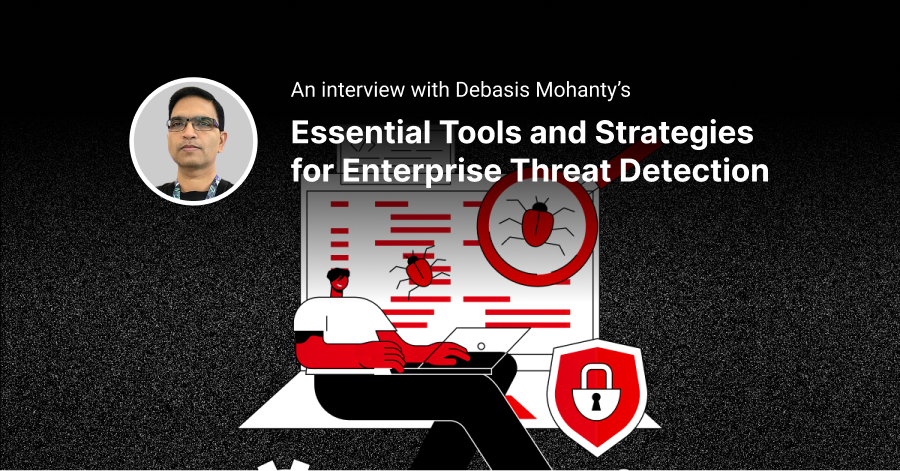Imagine a cybersecurity analyst starting their morning with 15,000 security alerts waiting in their queue. Overwhelmed, they miss the one alert that could have stopped a ransomware attack. This is where AI in XDR (Extended Detection and Response) steps in—not just as a helper but as a game-changing ally. By adding intelligence to XDR platforms, AI transforms how threats are detected, prioritized, and mitigated, making defenses smarter, faster, and more proactive.
Why XDR Needs an Upgrade
Traditional XDR platforms have limitations. Many junior cybersecurity analysts may lack the in-depth knowledge required to effectively triage alerts, making it difficult to distinguish critical threats from benign signals. Adding to this, the sheer volume of alerts—ranging from millions to billions daily—includes both suspicious and benign signals, overwhelming human capabilities. Manual handling of such alerts is not only time-consuming but prone to errors, which can result in critical threats being overlooked. Furthermore, as threat landscapes evolve, the need for faster, more precise processing becomes paramount, not only to enhance security outcomes but also to improve job satisfaction for analysts by freeing them from repetitive, low-value tasks. These gaps highlight the necessity for AI, which steps in as a transformative force to optimize and elevate XDR systems.
AI steps in as the “brain” of XDR, enabling:
- Advanced Prioritization: AI assesses the criticality of assets and the severity of alerts, ensuring the most significant threats are addressed first.
- Predictive Insights: AI analyzes historical data and emerging patterns to foresee potential attack vectors before they occur.
- Continuous Adaptation: Unlike static systems, AI evolves to address new threats as they arise.
The AI Power Moves in XDR
Context-Aware Detection
AI analyzes data in context, considering factors like user behavior, asset criticality, and environmental norms. For example, it distinguishes between a late-night login by an authorized user and a similar action signaling unauthorized access. This capability reduces false positives and improves threat accuracy.
Hyper-Automated Responses
AI dramatically shortens response times by automating complex workflows. When a threat is detected, AI can isolate infected endpoints, block suspicious IP addresses, or roll back unauthorized changes—all in real-time.
Pattern Recognition Beyond Human Capacity
Advanced machine learning models can spot hidden anomalies that evade traditional detection methods. This includes identifying subtle patterns linked to advanced persistent threats (APTs) or zero-day exploits, giving organizations an edge against sophisticated adversaries.
Watch this in action:
This video demonstrates how AI-driven XDR processes and prioritizes security alerts, delivering faster, smarter, and more effective responses.
Adaptive Threat Defense
AI takes XDR a step further by learning from every interaction, analyzing patterns across vast datasets to continuously refine its understanding of potential threats. This adaptive learning capability enables the system to predict evolving attack strategies and implement preemptive measures. For instance, by identifying recurring patterns in user behavior or network activity, AI can uncover subtle signals of a brewing threat and adjust defenses proactively. This dynamic approach ensures that the system not only reacts to known risks but also evolves to counteract new and unforeseen attack vectors.
Conclusion
AI can transform your XDR into an active strategist. It enables organizations to move beyond alert fatigue and reactive measures, empowering them to predict, prioritize, and prevent threats with unparalleled efficiency. With AI-powered XDR, cybersecurity teams gain a smarter, faster, and more resilient defense framework—one that evolves as quickly as the threats it faces.






